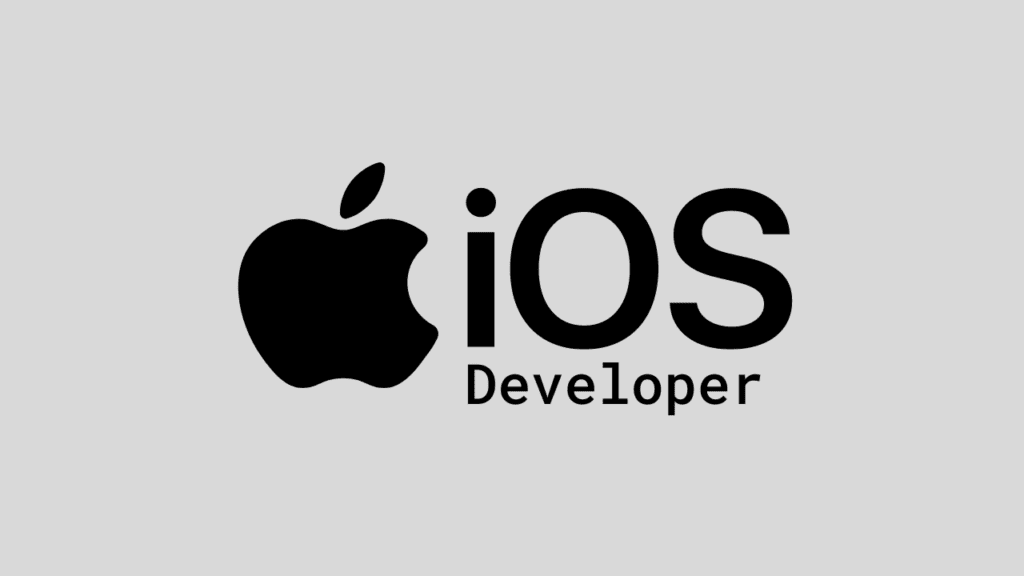Introduction:
In today’s tech-driven world, mobile applications have become an integral part of our daily lives. iOS, the operating system that powers iPhones and iPads, holds a significant market share. This presents a great opportunity for individuals aspiring to become iOS developers. In this article, we will delve into the steps and sub-industries involved in becoming an iOS developer.
Step 1: Learn the Fundamentals of Programming:
To embark on your iOS development journey, it is crucial to grasp the fundamentals of programming. Start by learning a programming language such as Swift or Objective-C. Swift, Apple’s preferred language, is beginner-friendly and offers modern syntax. Several online resources, such as tutorials, video courses, and interactive coding platforms, can guide you through this process.
Step 2: Master iOS Development Tools and Frameworks:
Familiarize yourself with the tools and frameworks used in iOS development. Xcode, Apple’s integrated development environment (IDE), is a powerful tool for creating iOS applications. Learn to navigate its interface and explore its features. Additionally, become proficient in using Interface Builder, a graphical tool for designing user interfaces.
To expedite the development process, familiarize yourself with iOS frameworks like UIKit, Core Data, and Core Animation. These frameworks provide pre-built components and functionalities that streamline app development.
Step 3: Understand iOS App Architecture:
To develop robust and scalable iOS applications, it is essential to understand the iOS app architecture. Study the Model-View-Controller (MVC) design pattern, which separates an application’s logic, user interface, and data models. Learn how to organize code into logical components for better maintenance and extensibility.
Step 4: Build Projects and Gain Hands-On Experience: Hands-on experience is vital for honing your iOS development skills. Start by building small, simple apps to solidify your understanding of concepts. As you progress, tackle more complex projects, such as creating a social media app, an e-commerce platform, or a productivity tool. Practice regularly to enhance your problem-solving abilities and gain confidence in building iOS applications.
Step 5: Leverage Online Learning Resources and Communities: Take advantage of the vast online learning resources available for iOS developers. Platforms like Udemy, Coursera, and Apple’s official documentation offer comprehensive courses and tutorials. Engage with the iOS development community by joining forums, participating in online discussions, and attending local meetups. Networking with experienced professionals can provide valuable insights and opportunities.
Sub-Industries of iOS Development:
- App Development: Design and build applications for a variety of purposes, such as gaming, productivity, health, finance, and more.
- Game Development: Focus on developing captivating and immersive gaming experiences for iOS devices, utilizing game development frameworks like SpriteKit and Unity.
- Augmented Reality (AR) and Virtual Reality (VR): Explore the world of AR and VR by creating innovative applications that blend the digital and physical worlds.
- Internet of Things (IoT): Develop iOS applications that interact with IoT devices, enabling users to control and monitor connected devices through their iPhones or iPads.
- Enterprise App Development: Create custom applications for businesses, streamlining processes, enhancing productivity, and providing solutions tailored to specific industry needs.
- Freelance and Independent Development: Work independently as an iOS developer, offering your services to clients or creating and monetizing your own apps.
Learning Resources:
-
YouTube Channels:
- The Swift Guy: Provides tutorials on iOS development, Swift programming, and app creation.
- CodeWithChris: Offers beginner-friendly tutorials on iOS app development using Swift.
- Sean Allen: Covers various topics related to iOS development, including interviews with industry experts.
-
Online Courses:
- Udemy: Offers a wide range of iOS development courses, such as “iOS 14 & Swift 5 – The Complete iOS App Development Bootcamp” by Angela Yu.
- Coursera: Provides iOS development courses from renowned universities and institutions, like “iOS App Development with Swift” by the University of Toronto.
- Ray Wenderlich: Offers a subscription-based platform with comprehensive iOS development tutorials and courses.
-
Books:
- “iOS Programming: The Big Nerd Ranch Guide” by Christian Keur and Aaron Hillegass: A highly regarded book that covers iOS development using Swift and the latest frameworks.
- “Swift Programming: The Big Nerd Ranch Guide” by Matthew Mathias and John Gallagher: Provides a comprehensive introduction to the Swift programming language.
-
Blogs and Websites:
- Apple Developer Documentation: The official documentation by Apple, which covers various topics related to iOS development, including tutorials and sample code.
- Hacking with Swift: Offers free tutorials, articles, and challenges to help you learn iOS development and Swift programming.
- NSHipster: A blog that explores advanced topics and hidden gems in iOS development, providing in-depth articles on Swift, frameworks, and best practices.
Conclusion:
Becoming an iOS developer requires dedication, continuous learning, and a passion for creating innovative applications. By following the steps outlined above and exploring the various sub-industries of iOS development, you can embark on a fulfilling and rewarding career. Remember, practice, and persistence are key to mastering the art of iOS development. Start your journey today and unlock a world of possibilities in the thriving iOS app market.
